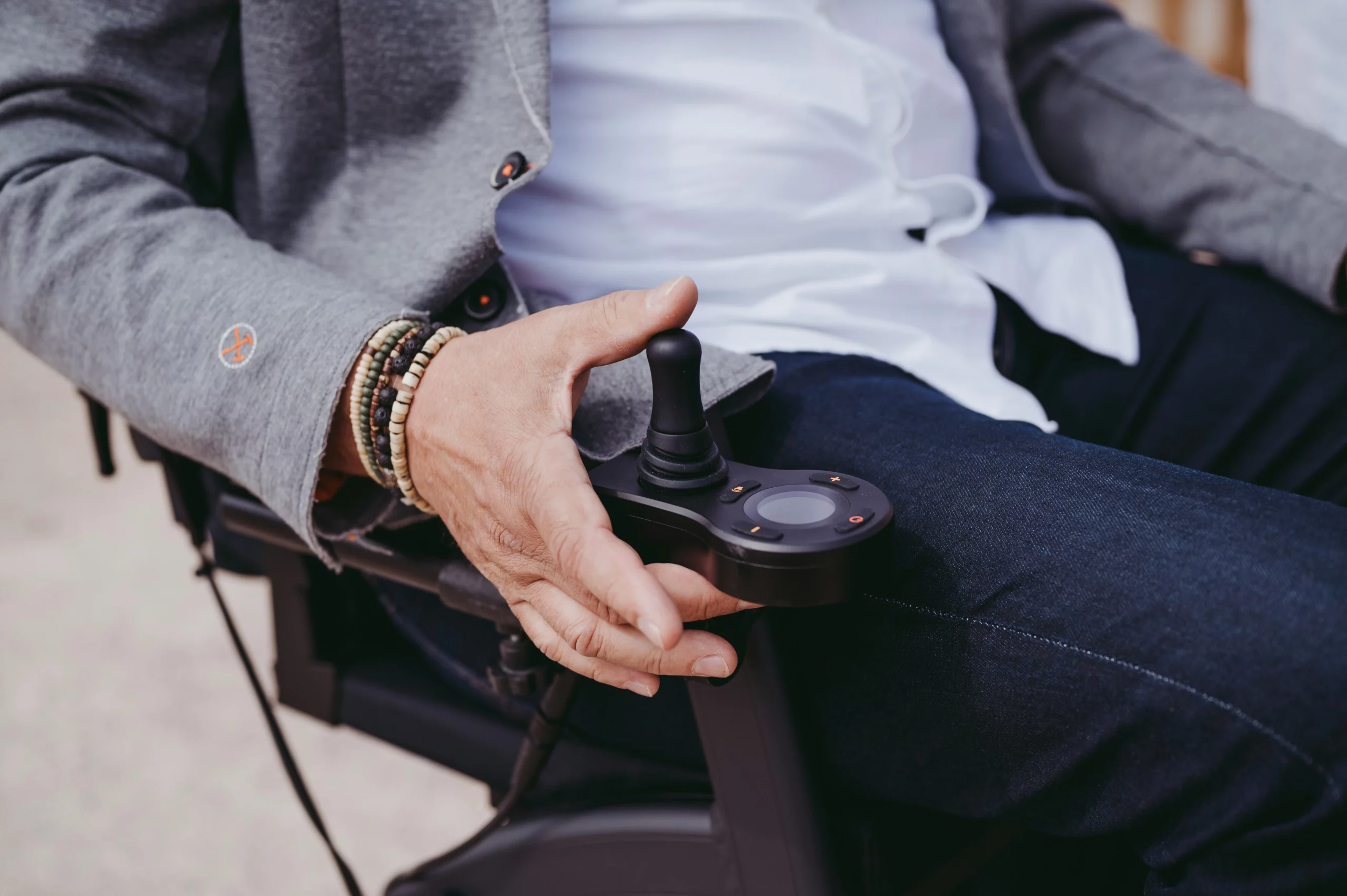What is the Residential Access Modification Program (RAMP)?
Alberta’s Residential Access Modification Program (RAMP) is specifically designed to help residents of the province who have mobility challenges by providing financial assistance for home modifications.
RAMP can assist with funding modifications such as installing ramps, widening doorways, modifying bathrooms (e.g., installing walk-in bathtubs or showers, grab bars), and adding lifts. These modifications are intended to make homes more accessible.
Who is eligible for the Residential Access Modification Program (RAMP)?
To be eligible for RAMP, applicants must be Alberta residents who have a long-term or permanent physical disability that impairs their mobility. Financial eligibility also plays a role, as applicants must meet specific income thresholds.
Applicants need to submit an application that includes medical verification of their mobility disability, a detailed quote for the modifications, and proof of income. The application is reviewed by program administrators who assess the necessity and appropriateness of the requested modifications based on the individual’s specific needs.
What is funded by the Residential Access Modification Program (RAMP)?
The program offers up to $7,500 per person per year, and an individual can receive a maximum of $15,000 within a ten-year period. This funding helps cover the costs of materials, labor, permits, and taxes associated with making the necessary modifications.
Why was the Residential Access Modification Program (RAMP) introduced?
The Residential Access Modification Program (RAMP) in Alberta was introduced to address the needs of individuals with mobility challenges, ensuring they have safer and more accessible living environments in their own homes. The program was established to help reduce the physical and financial barriers that these individuals might face in modifying their homes to accommodate mobility aids such as wheelchairs and walkers.

